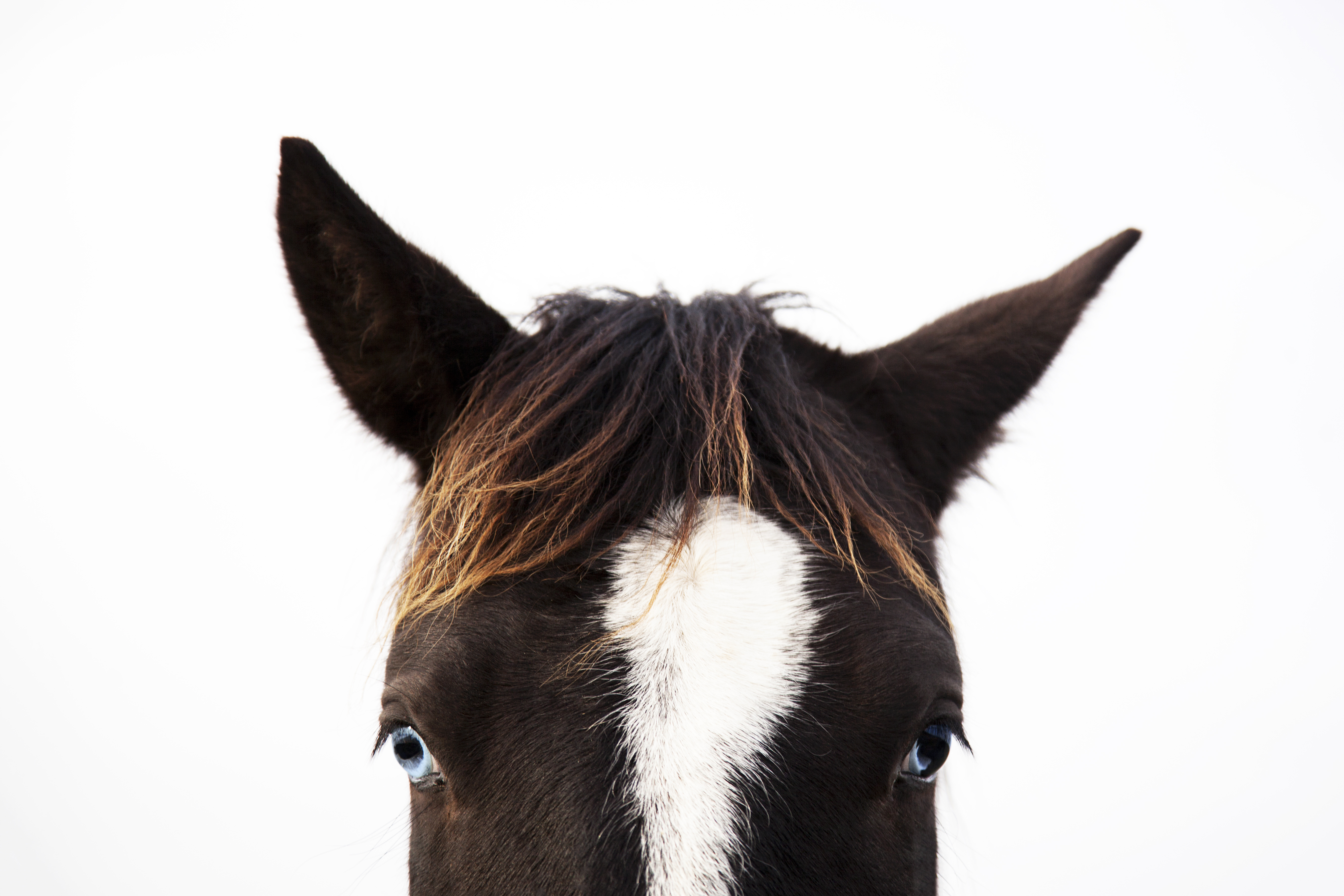Home > Horse Care > Fixing a feeble forelock
Fixing a feeble forelock
- September 7, 2025
- ⎯ Equus
Q: My Quarter Horse mare is a flea-bitten gray. Her mane never grows beyond about six inches long, but our bigger problem is that we can’t seem to get her forelock to grow in. It’s very thin and sometimes scaly. Is there anything we can do to encourage better growth of both her mane and forelock?

A: Growing out a thin forelock can be difficult because this may be an inherited trait—some horses have naturally thin manes and forelocks. This is not uncommon in gray horses. But forelock and mane growth can also be influenced by other factors, including nutrition, skin conditions such as dermatitis, the general health of the horse and physical damage caused by overzealous combing or chronic rubbing.
To encourage maximum growth of the mane and forelock hair, I’d suggest brushing the roots of the mane daily with a short-bristled body brush. The idea is to get the area clean, remove dandruff and stimulate the skin, while being careful to avoid breaking off or pulling out any hairs. You can then rub in a hair conditioner formulated to relieve skin problems and encourage hair growth. I’d braid the forelock into a loose single plait. This makes it less likely that the hairs will catch on objects and get broken off or pulled out.
Also, make sure your horse is getting a balanced diet with an adequate supply of essential amino acids. A supplement that contains biotin can improve the quality and growth of the hair. Sensitivity to insect bites, especially those from midges, is one of the more common reasons a horse might rub his mane and tail, and that can cause the scaliness you mentioned. But other skin issues can also lead to itching and scaly skin. Consult with your veterinarian if fly-control measures do not stop a horse from rubbing.
For a horse with a naturally thin forelock, I’d suggest clipping the bridle path farther back from the poll (or creating no bridle path at all) and brushing the mane forward between the ears. This can add some bulk to a thin forelock.
Susan E. Harris
Author, Grooming to Win
www.anatomyinmotion.com
This article first appeared in EQUUS issue # 424.
Don’t miss out! With the free weekly EQUUS newsletter, you’ll get the latest horse health information delivered right to your in basket! If you’re not already receiving the EQUUS newsletter, click here to sign up. It’s *free*!





